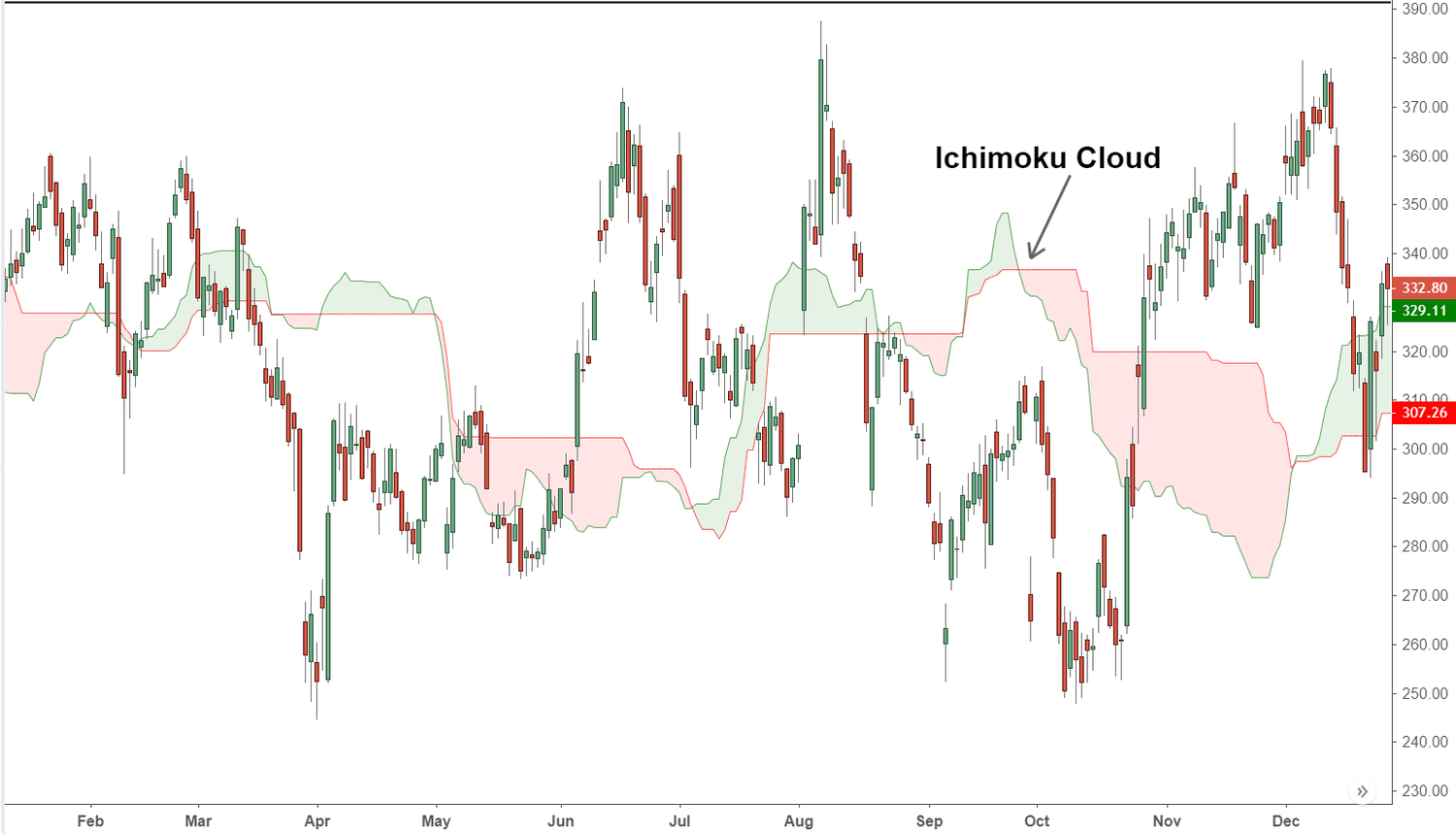- What is the significance of trading psychology in advanced trading?
Trading psychology plays a crucial role in advanced trading as it directly impacts decision-making, risk management, and overall performance. Successful traders understand that emotions like fear, greed, and overconfidence can cloud judgment and lead to irrational decisions. By mastering trading psychology, traders can maintain discipline, adhere to their strategies, and avoid impulsive actions that may result in significant losses. It involves developing mental resilience to handle market volatility, staying focused on long-term goals, and learning from both wins and losses without becoming emotionally attached.
- What are the advantages of trading multiple asset classes?
Trading multiple asset classes offers several advantages that can enhance a trader's performance and risk management. One of the primary benefits is diversification, which helps spread risk across different types of assets such as stocks, bonds, commodities, and currencies. This reduces the impact of poor performance in any single asset class on the overall portfolio. Additionally, trading multiple asset classes allows traders to take advantage of varying market conditions and opportunities. Different assets often react differently to economic events, providing traders with more opportunities to profit regardless of market direction.
- How do I incorporate macroeconomic indicators into my trading?
Incorporating macroeconomic indicators into trading involves using economic data to inform and guide trading decisions. First, identify key indicators such as GDP growth rates, unemployment figures, inflation rates, and interest rates, which can significantly influence market trends. Stay updated on the release schedule of these indicators, as they can cause immediate market reactions. Analyze the data in the context of current market conditions and historical trends to anticipate potential impacts on different asset classes.
ADVANCED MODULE

ADVANCED MODULE FOR TRADING
- Ultimately, the use of advanced financial ratios and metrics enhances the precision and effectiveness of trading strategies, leading to better investment outcomes.

CHAPTER I: ADVANCED FINANCIAL RATIOS AND METRICS

CHAPTER II : ADVANCED FINANCIAL MODELING
- As financial markets become increasingly dynamic and interconnected, the ability to leverage advanced modeling techniques is indispensable for maintaining a competitive edge and achieving long-term success in trading.
- By integrating principles of behavioral finance and psychology, traders can develop a more comprehensive approach to market analysis and decision-making, ultimately enhancing their performance and reducing the impact of emotional biases on their trading outcomes.

CHAPTER III: BEHAVIORAL FINANCIAL AND PSYCHOLOGY

CHAPTER IV: ADVANCED RISK MANAGEMENT
- Mastering advanced risk management is essential for traders who aim to achieve consistent profitability and navigate the complexities of the financial markets effectively.
- The integration of advanced decision-making strategies enhances the trader's ability to navigate the complexities of the financial markets, achieve competitive advantage, and maximize profitability.

CHAPTER V: ADVANCED DECISION MAKING STRATEGIES
CHAPTER I: ADVANCED FINANCIAL RATIOS AND METRICS
What you'll learn:

Free Cash Flow (FCF) Analysis
Free Cash Flow (FCF) analysis is a method used to assess a company's financial health by evaluating the cash generated from its operations after accounting for capital expenditures needed to maintain or expand its asset base.

Operating Cash Flow (OCF)

Capital Expenditures (CapEx)
Capital Expenditures (CAPEx) refer to the funds that a company spends to acquire, upgrade, and maintain physical assets such as buildings, machinery, equipment, and technology. These expenditures are made to improve the company's long-term operational efficiency, expand its capacity, or extend the useful life of existing assets.

Net Operating Profit After Taxes (NOPAT)

Economic Value Added (EVA)
Economic Value Added (EVA) is a measure of a company's financial performance that shows how much value it has created beyond the required return of its shareholders. It is calculated by subtracting the company's cost of capital from its net operating profit after taxes (NOPAT).

Weighted Average Cost of Capital (WACC)
The Weighted Average Cost of Capital (WACC) is a simple way to measure the cost of financing for a company. It's like finding the average interest rate a company pays on all its different sources of funding, like debt (loans) and equity (stocks).
Analysis
CHAPTER II : ADVANCED FINANCIAL MODELING

Scenario and Sensitivity Analysis
- Scenario and sensitivity analysis provide a comprehensive framework for anticipating and preparing for uncertainties, enhancing strategic decision-making, and improving resilience in dynamic business environments.
- DCF analysis is widely utilized in financial modeling and valuation, providing a rigorous framework for decision-making in areas such as mergers and acquisitions, capital budgeting, and stock valuation.

Discounted Cash Flow (DCF) Analysis

Three-Statement Modeling
- By understanding the interplay between these three financial statements, traders can better anticipate market movements, manage risks effectively, and capitalize on opportunities in dynamic trading
- Successful LBO modeling requires a deep understanding of financial valuation, cash flow dynamics, and risk management, making it a pivotal tool for traders and investors seeking to maximize returns through strategic acquisitions and financial engineering.

Leveraged Buyout (LBO) Modeling
Why do we need to learn this?
Behavioral Finance and Market Psychology
Heuristics

OVERCONFIDENCE

LOSS AVERSION

CONFIRMATION BIAS

HERD BEHAVIOR

ANCHORING
CHAPTER III: ADVANCED RISK MANAGEMENT

Advanced Risk Evaluation
- Integrating these advanced methodologies, traders aim to enhance their ability to manage volatility, preserve capital, and capitalize on opportunities while navigating the complexities of global financial markets effectively
- Implementing these techniques, traders aim to safeguard capital, maintain portfolio stability, and enhance their ability to achieve long-term investment objectives despite inherent market uncertainties.

Risk Mitigation Techniques

Hedging and Derivatives
- Effectively employing these tools, traders can enhance portfolio stability, protect against adverse market movements, and capitalize on opportunities while managing overall risk exposure.
- Aligning trading activities with strategic objectives and leveraging advanced technologies, trading firms can navigate market uncertainties effectively and capitalize on emerging opportunities to drive long-term value creation.

Integration with Operations and Strategy
Alternative Investment Strategies

Private Equity
- Private equity trading serves as a vital component of the financial ecosystem, providing capital to support growth, innovation, and value creation in privately held businesses while offering investors the opportunity to participate in the success and profitability of promising enterprises.
- It serves as a bridge between innovative ideas and market success, enabling investors to participate in the growth of groundbreaking technologies and businesses while diversifying their investment portfolios with high-risk, high-reward opportunities.

Venture Capital

Hedge Funds

Real Assets

Private Debt

Digital Assets and Cryptocurrencies
Chapter IV: ADVANCED DECISION MAKING

Quantitative Strategies
- Quantitative trading strategies combine advanced data analysis, mathematical modeling, and algorithmic execution to achieve optimal trading outcomes.
- Factor investing has become a popular strategy among institutional investors and hedge funds looking to enhance their trading performance.

Factor Investing

Alternative Data Analysis
- This approach enables traders to make more informed decisions, anticipate market movements, and respond to changing conditions more swiftly. As the availability and sophistication of alternative data sources continue to grow, their role in trading is becoming increasingly significant, offering new avenues for innovation and profit in the financial markets.
- Risk management is crucial in this strategy due to the potential for significant market volatility resulting from unforeseen geopolitical events or sudden economic shifts. Successful macro trading requires a deep understanding of global markets, economic theory, and the ability to interpret complex data, making it a sophisticated and dynamic approach to investing.

Macro Analysis
Integrating International Economic Factors

Global Economic Indicators
- By staying updated on these indicators, traders can better understand economic trends, central bank policies, and potential market impacts, enhancing their ability to navigate the complexities of global financial markets.
- Understanding the implications of monetary policy changes and staying updated on central bank announcements are essential for navigating the complexities of financial markets effectively.

Central Bank Policies

Geopolitical Risk Assessment
- By staying informed about global political developments and understanding their potential market implications, traders can make more informed decisions, manage risks effectively, and enhance their overall trading performance.
- Integrating currency and capital flow analysis with other fundamental and technical analysis tools can provide a comprehensive approach to trading in the dynamic global financial markets.

Currency and Capital Flow Analysis
ADVANCED TRADING ANALYSIS

Trend Line
- Incorporating trend lines into a trading strategy helps traders visualize market trends, set entry and exit points, and manage risk. Trend lines can be combined with other technical indicators, such as moving averages or oscillators, to enhance their effectiveness and provide a more robust analysis of market conditions.

Channel
- incorporating trading channels into their strategies, traders can make more informed decisions about entry and exit points, manage risk more effectively, and gain insights into the overall market direction.

Ichimoku
- Integrating the Ichimoku Cloud into their trading strategies, traders can gain a holistic view of the market, making more informed decisions about entry and exit points, trend direction, and potential reversals.
